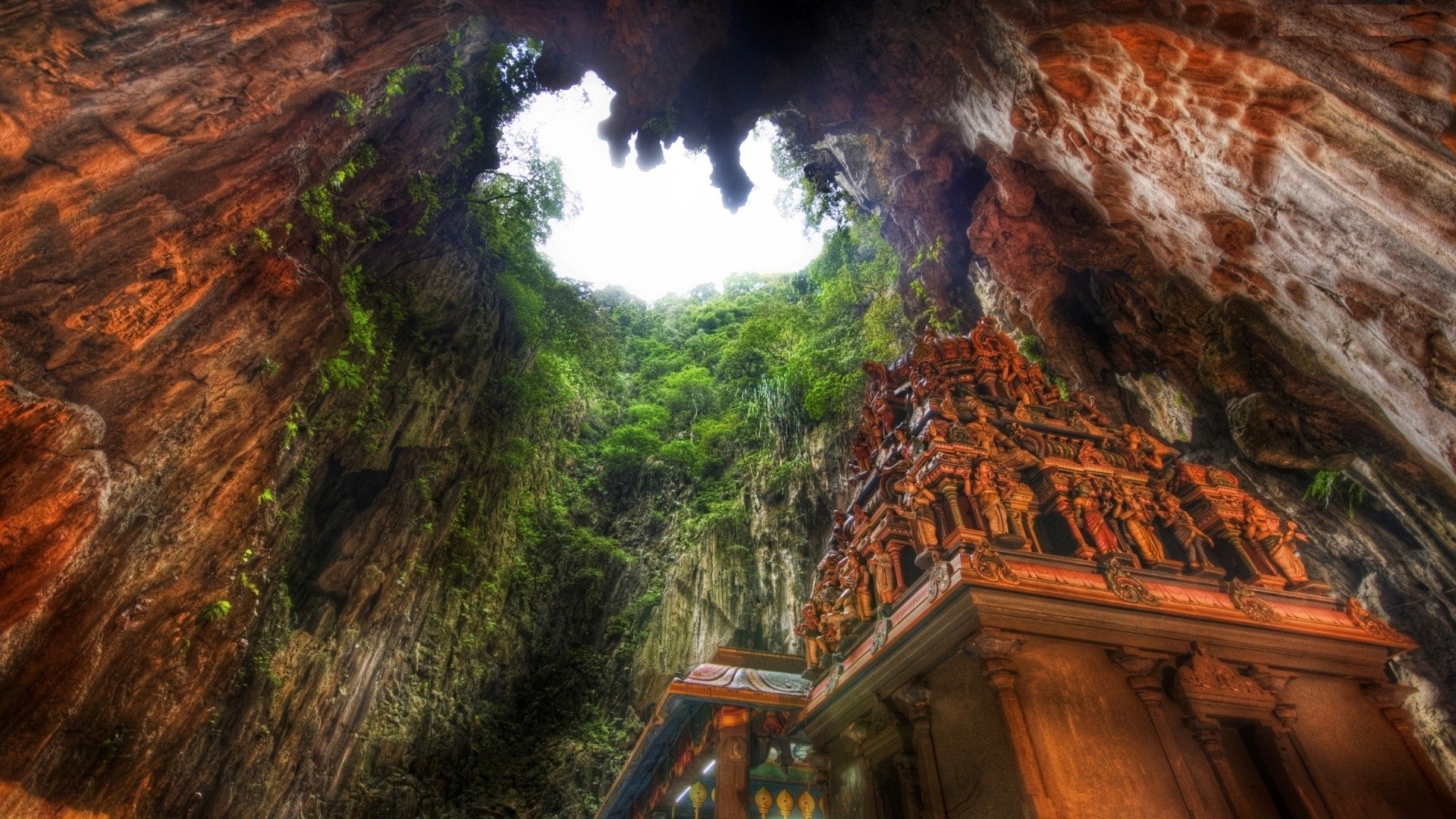Much like music, food is universal — regardless of where we might come from, food is the thing that brings and binds us together. It comes in many forms and prepared in many ways; from fried to steamed to boiled. One particular type of cooking that is popular anywhere in the world is barbecues. The most preferred way of cooking at casual, social gatherings in the West and the common method of cooking used in popular street food places in Asia.
Barbecuing and grilling although different, shares the same medium used to cook meat and started out simple. Meat cooked directly at high heat on a open flame or cooked indirectly at low heat, away from the flames and smoked, which add another layer of flavor to the meat than just simply searing or charring the meat directly. As tastes changed and evolved, so did the cooking methods. So here is the list of the best barbecues in the world:
And no place does “Sunday Funday” quite like the townships, where shisa nyama (“burn meat” in Zulu) venues elevate the braai experience with on-site butchers, cooks, drinks and party-starting DJs.
From our partners:

































